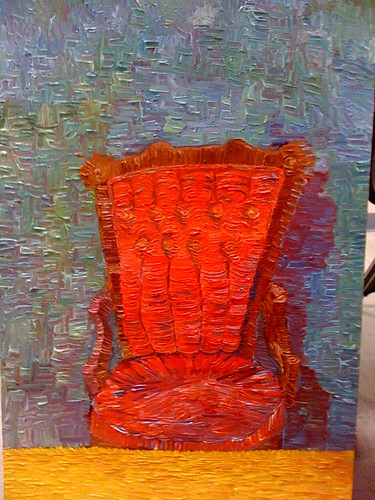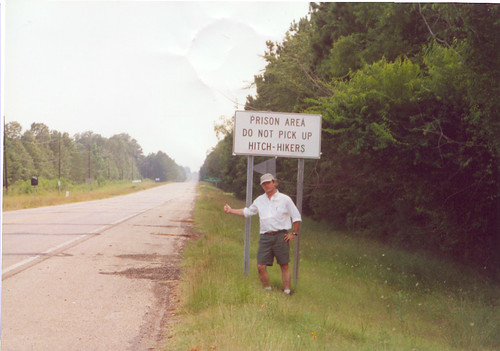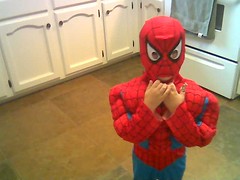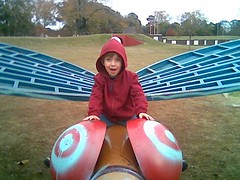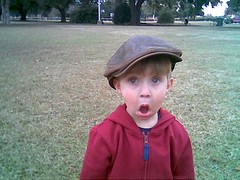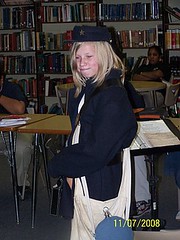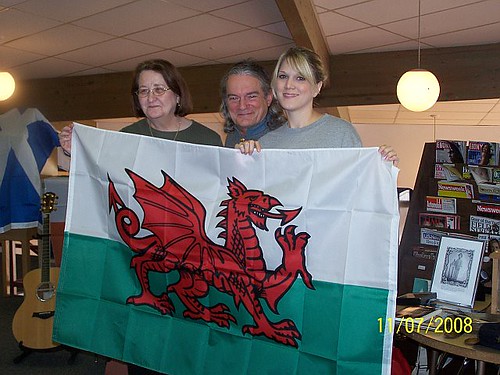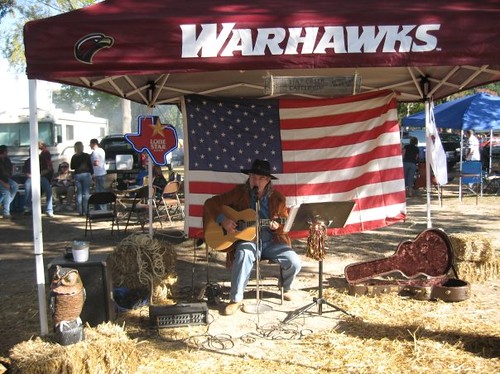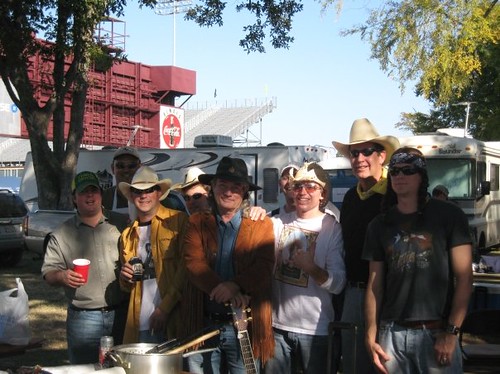Jed Marum’s banjo and guitar picking is beautiful, intricate, and captivating. Every time I listen and see Jed, I learn something new. Go to his website (here) to hear some samples of his guitar work. But if you’ve ever wondered about how to best tune your guitar, I think Jed explains it well. This is an excerpt from his book, TIGERS AND RIVER SONGBOOK, Jed Marum’s Civil War Music 2006. (Used by permission). If you’re a guitar picker, I would highly recommend you add this book to your library.
CHORDS AND TUNINGS
You will notice that I list the chord forms I use, and not the exact chords for a given key. That is, if I capo at 2 and play C, F and G chords, I list C, F and G, even though technically I am playing D, G and A. I do this because this is the way most players talk about how they are playing. At large jam sessions, you’ll frequently hear someone ask “What key?” and the answer comes, “I’m in 2 and playing C.”
I have also written the chords for standard guitar tuning, though I often use VESATPOL on the recordings. I sometimes use Drop D and I play one song in this collection in DADGAD. I have described these tunings in more detail below. Also, some songs from the albums I play on banjo or banjola. In those cases I’ve described the guitar chords in standard tuning.
You can try the songs in those tunings – or you can try modifying some of the standard chords – something I also do frequently when using standard tuning.
A few examples:
• Play the F chord while leaving open the A on the third string and play a G note within the F chord.
• Play a C Chord with the middle E open, leaving a D note within the C chord.
• For G you can drop the high G note, and play it open and have an E note within your G chord and to further suspend it, add a high D note on the third fret of the second string.
• For A, drop the C# from the second string and play it open (B)
Playing with these modified chords in your accompaniment; sometime using the full chord, sometime adding “color” to it by playing one of these modifications – can give you added movement to the chord patterns.
About the Tunings
VESTAPOL tuning is open D. I drop the 6th sting to a D, leave the 5th and 4th stings tuned to A and D. Then I drop the 3rd string to F#, the 2nd string to A and the 1st string to D. For a quick guide for using this tuning, locate a 5 string banjo chord chart and apply the chord forms to strings 5 through 2. You’ll find they work perfectly – but you’re tuned lower, so your banjo G chord (all open) is a D on your guitar. Your banjo chart’s G, C, D chords will actually be D G, A on your guitar.
Tune your strings:
6 to 5 at the 7th fret
5 to 4 at the 5th fret
4 to 3 at the 4th fret
3 to 2 at the 3rd fret
2 to 1 at the 5th fret
Also note that your banjo chords do not cover the 1st and the 6th strings. You can experiment to discover how to extend the full chords, but you’ll also find that playing them open frequently gives you a pleasant, droning effect. This tuning gives you a nice set of partial chords up the neck and of course, bar chords are full and easy to use at 5, 7 and sometimes 2 or 5.
Drop D
Tune your 6th string to 5 at the 7th fret. This is the simplest of the tunings I use and it is popular among guitar players already. It most commonly used for songs in the key of D and sometime G. Generally speaking, you play your standard tuning chord forms allowing for the lower tuned 6th string. This tuning gives a powerful low end to your D chord and adds some new color to your accompaniment.
DADGAD tuning is similar to VESTAPOL, except you do not move your 3rd string from standard tuning, you leave it at G.
Tune your strings:
6 to 5 at the 7th fret
5 to 4 at the 5th fret
4 to 3 at the 5th fret
3 to 2 at the 3rd fret
2 to 1 at the 5th fret
This is a rich tuning and there are chord charts available but you’ll find that normal rules do not apply. I have simply developed the few chords I use for this tuning on my own through experimentation. I use a more rhythmic approach to accompaniment in this tuning, rather then harmonic. A few key chord comments can help you get started:
Playing all strings open with a finger on the second fret of the third string gives you something close to a D chord. Fret the 5th string at the 3rd fret and the 4th string at the 2nd fret, blunt the 6th string, play all others open and you have something like an A. Fret the 5th string a the 2nd fret and play all others open, you have a G.



